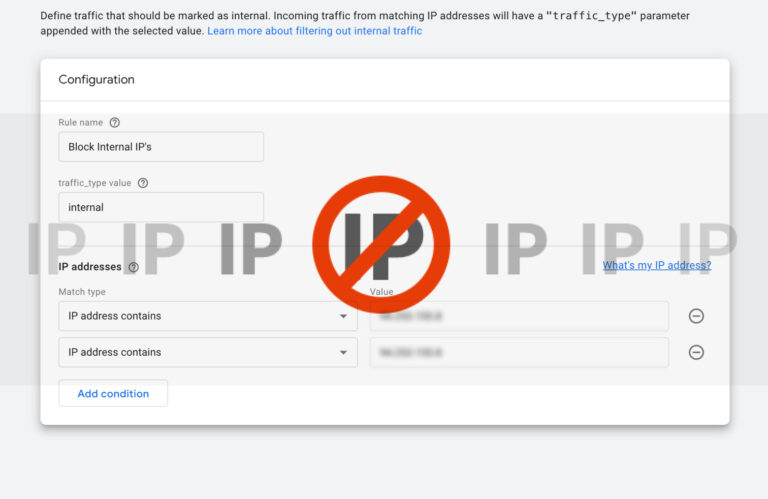Search engine marketing (SEM) has emerged as an indispensable asset for businesses to reach their target audience and achieve their marketing goals. SEM refers to the practice of using paid advertising to appear in search engine results pages (SERPs), increasing the visibility of websites and driving traffic to them.
How SEM Works
SEM campaigns work by bidding on specific keywords that potential customers are likely to use when searching for products or services related to your business. When a user enters a keyword that you are bidding on, your ad may appear at the top of the SERP, above organic results. Users can then click on your ad to be directed to your website. You only pay when someone clicks on your ad, making SEM a cost-effective way to reach your target audience.
How SERP Works
Search Engine Results Pages (SERPs) are the pages that search engines display in response to a user’s query. They typically include a list of websites that are relevant to the user’s search terms, as well as other information such as news articles, images, and videos. The ranking of websites on a SERP is determined by a number of factors, including the relevance of the website’s content to the search terms, the authority of the website, and the user’s location.
SERPs are constantly changing, as search engines are always improving their algorithms and adding new features. The goal of search engines is to provide users with the most relevant and useful information possible, and SERPs play a crucial role in achieving this goal.
Benefits of SEM
SEM offers a range of benefits for businesses, including:
Increased Brand Visibility: SEM allows you to place your ads in front of potential customers who are actively searching for solutions related to your products or services. This can significantly increase your brand awareness and visibility.
Targeted Reach: SEM campaigns can be highly targeted to reach specific demographics, interests, and behaviours. This ensures that your ads are seen by the most relevant people, maximising your return on investment (ROI).
Measurable Results: SEM platforms provide detailed analytics that allow businesses to track the performance of their campaigns and measure their impact on key metrics such as website traffic, conversion rates, and sales. This data-driven approach helps businesses optimise their campaigns for better results.
Google Ads: The Leading SEM Platform
Google Ads is the most popular SEM platform, offering a wide range of features and capabilities to help businesses create and manage effective campaigns. With Google Ads, businesses can:
Choose from various ad formats: Google Ads supports a variety of ad formats, including text ads, display ads, video ads, and shopping ads. This allows businesses to experiment with different formats to find the most effective way to reach their target audience.
Target specific keywords: Google Ads provides advanced keyword targeting options, allowing businesses to reach potential customers who are searching for specific terms relevant to their products or services.
Set budgets and bidding strategies: Google Ads gives businesses control over their budgets and bidding strategies. Businesses can set daily or monthly budgets and choose from various bidding options to maximise their ROI.
Track and analyse campaign performance: Google Ads provides detailed analytics that allow businesses to track the performance of their campaigns and measure their impact on key metrics.
Implementing a Successful SEM Strategy
To implement a successful SEM strategy, businesses should consider the following:
Define clear goals: Clearly define the objectives of your SEM campaign, whether it’s increasing website traffic, generating leads, or boosting sales.
Identify your target audience: Understand your ideal customer base, including their demographics, interests, and online behaviour. This will help you target your ads effectively.
Choose the right keywords: Research and select relevant keywords that potential customers are likely to use when searching for products or services related to your business.
Create compelling ad copy: Write clear, concise, and persuasive ad copy that highlights the benefits of your products or services and encourages users to click.
Set realistic budgets: Set daily or monthly budgets that align with your overall marketing goals and financial resources.
Monitor and optimise your campaigns: Regularly monitor the performance of your campaigns and make adjustments as needed to improve results.
SEM is an essential tool for businesses of all sizes to reach their target audience, drive website traffic, and reach their marketing goals. By implementing a well-structured SEM strategy, businesses can amplify their brand visibility, generate qualified leads, and boost sales in the competitive online marketplace.
Ready to amplify your brand visibility and achieve remarkable results? Contact PrimaMarca today.



